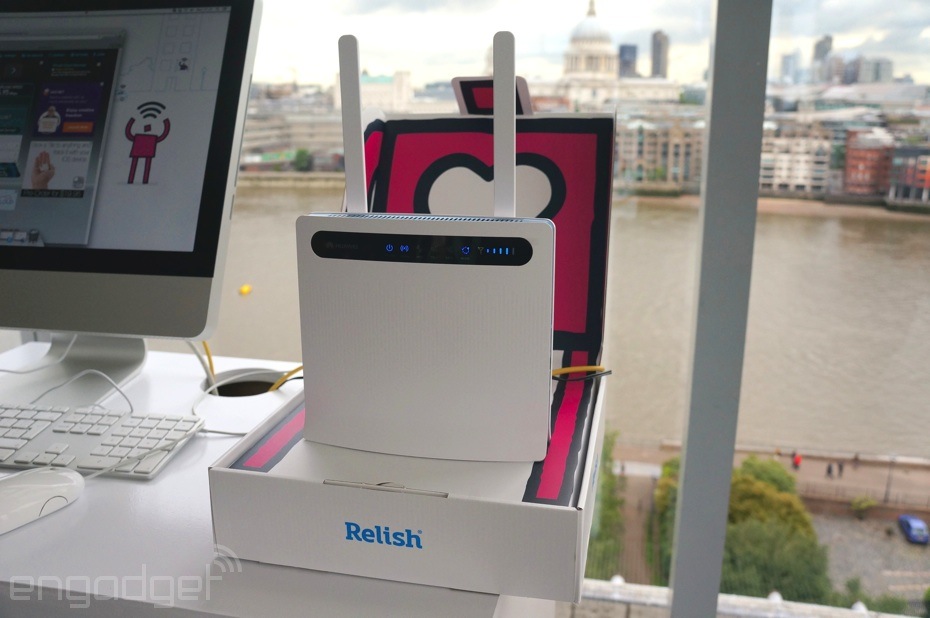World's First TV White Space Prototype Based on IEEE 802.22 for Wireless Regional Area Network
TOKYO, Jan. 23, 2013 /PRNewswire/ -- The National Institute of Information and Communications Technology (NICT), Hitachi Kokusai Electric Inc. and ISB Corporation have developed the world's first prototypes of base station (BS) and consumer premise equipment (CPE) based on the IEEE 802.22 standard operating in TV White Spaces (TVWS) (470 MHz - 710 MHz). The developed prototypes will provide broadband wireless access to underserved and unserved regional areas around the world as well as bringing reliable backup broadband communications in emergency, which will follow the worldwide trend of promoting the TVWS for wireless communication systems.
Background
From replacing the current analog television (TV) technology with digital television technology, some of the spectrum previously used by analog television become vacant referred to as TV White Space (TVWS). The Federal Communications Commission (FCC) in the United States, the Office of Communications (Ofcom) in the UK, and the Ministry of Internal Affairs and Communications in Japan have initiated opening up the TVWS to wireless communication systems for efficient reuse of the unused TV spectrum, which is based on non-interfering with broadcast incumbents' operation. The IEEE 802.22 Working Group has published the IEEE 802.22-2011 standard for TVWS broadband wireless access to regional areas where it is most needed and where the TV spectrum is least used. In particular, the IEEE 802.22 systems offer around 10 times the coverage of Wi-Fi as well as enable to provide reliable backup broadband communications in emergency. However, there is no TVWS systems based on the IEEE 802.22-2011 satisfying the FCC spectrum requirements.
Achievements
The NICT and Hitachi Kokusai Electric Inc. have developed the world's first prototype devices of base station (BS) and consumer premise equipment (CPE) verifying the physical layer (PHY) and the medium access control (MAC) layer design based on the IEEE 802.22 standard in the TVWS (470 MHz - 710 MHz). The PHY part developed by Hitachi Kokusai Electric Inc. (Note 1) allows the devices to use vacant TV bands over the frequency range from 470-710MHz, the MAC layer part developed by NICT provides a medium access method based on point-to-multipoint access with supporting the different QoS levels, and supports cognitive capabilities of interference estimation, geo-location and white space data base (WSDB) access over the IP. The WSDB (Note 2) (http://whitespacetech.isbcorp.com/) provided by ISB Corporation avoids interference to incumbents of TV broadcasters from automatically selecting the non-interfering TV band.
Future prospects
The NICT, Hitachi Kokusai Electric Inc. and ISB Corporation in the future will develop the enhanced technologies based on the IEEE 802.22 standard and also work closely with WhiteSpace Alliance (WSA) (Note 3) (www.whitespacealliance.org) to provide products for worldwide markets. The NICT, Hitachi Kokusai Electric Inc. and ISB Corporation will demonstrate the developed prototype devices at the Super WiFi Summit (Note 4) (www.superwifisummit.com) in Miami, Florida, from January 30 to February 1, 2013.
 Relish's dream to connect London homes with wireless broadband, rather than traditional landlines, could be in trouble. UK Broadband, the company behind the service, has reported losses of £37.5 million for 2014 -- almost four times what it w...
Relish's dream to connect London homes with wireless broadband, rather than traditional landlines, could be in trouble. UK Broadband, the company behind the service, has reported losses of £37.5 million for 2014 -- almost four times what it w...
 Relish's dream to connect London homes with wireless broadband, rather than traditional landlines, could be in trouble. UK Broadband, the company behind the service, has reported losses of £37.5 million for 2014 -- almost four times what it w...
Relish's dream to connect London homes with wireless broadband, rather than traditional landlines, could be in trouble. UK Broadband, the company behind the service, has reported losses of £37.5 million for 2014 -- almost four times what it w...






